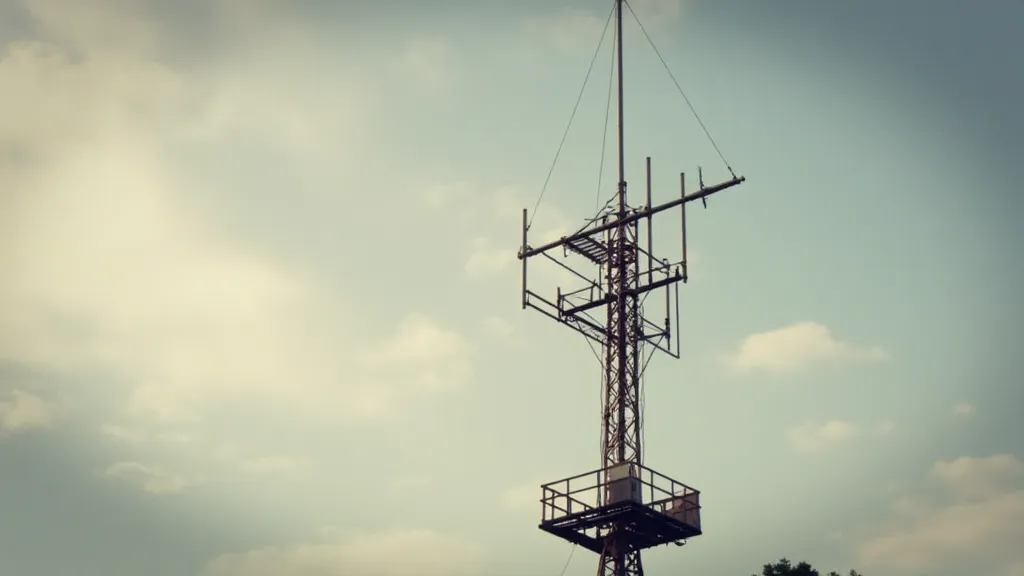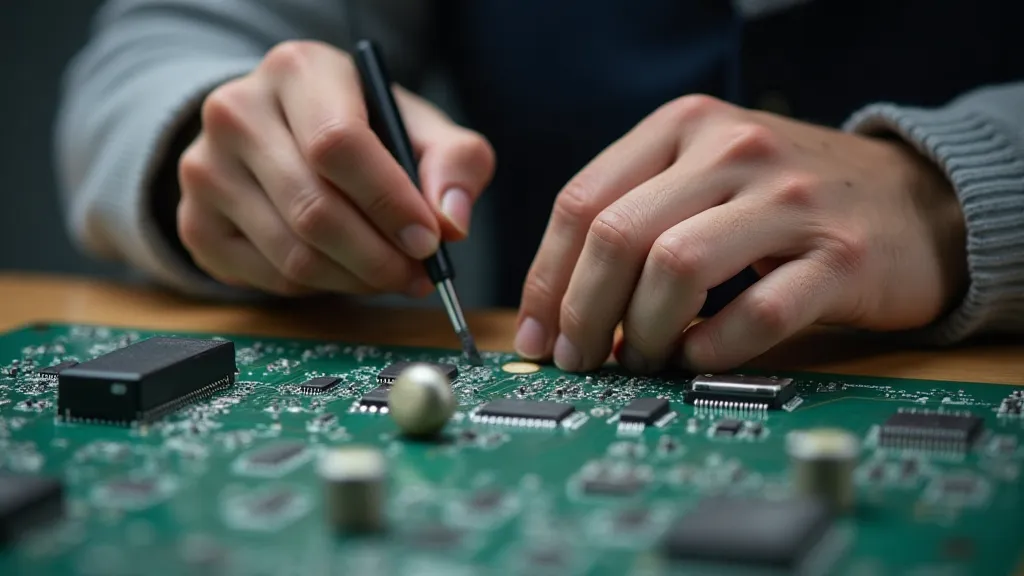The Unseen Dance: RF Principles and the Subtle Art of Impedance
There's a peculiar beauty in the unexpected. It’s the kind of beauty you find in a restored antique accordion, a bellows system crafted with intricate precision, each reed meticulously tuned to produce a cascade of sound. Holding one, feeling the weight of decades in your hands, you’re not just holding an instrument; you’re holding a testament to human ingenuity, a symphony of physics and craftsmanship. That same principle – the delicate interplay of elements – lies at the heart of amateur radio antenna building. It’s a dance of radio frequencies, and it’s surprisingly accessible, even if the mathematics can seem daunting.
We often think of radio as something ethereal, an invisible wave carrying voices and data across vast distances. But that 'invisible wave' needs a bridge to connect our transmitter to the open air. That bridge is the antenna, and to make that connection truly effective – to avoid lost power and unwanted interference – requires understanding something crucial: impedance. Now, before your eyes glaze over at the mention of 'impedance,' let's step away from the textbooks and explore this concept intuitively.
The Accordion’s Whisper: A Mechanical Analogy
Think back to that accordion. Imagine you’re trying to force air into a completely blocked pipe. You’d have to push with all your might, and the sound produced would be strained and weak. Now, imagine that same pipe has a carefully tuned valve that allows the air to escape smoothly. Suddenly, your effort is rewarded with a richer, more resonant sound. The valve has “matched” the system - it’s minimized the resistance to airflow.

Impedance in radio is remarkably similar. It's a measure of the opposition to the flow of alternating current (AC), the kind of current that carries radio waves. A mismatch in impedance – like forcing air into that blocked pipe – results in reflected power. That reflected power doesn't radiate; it bounces back towards your transmitter, potentially damaging it and significantly reducing your signal’s range. It's like the accordion's reeds refusing to resonate properly.
Transmission Lines: The Highway for Radio Waves
The connection between your radio and your antenna isn’t a direct one. It’s a transmission line – coaxial cable, ladder line, or even simple wires. These lines have their own impedance, usually 50 ohms in the case of coax. This impedance is a product of their physical construction: the diameter of the center conductor, the spacing between conductors, and the dielectric material separating them. If your antenna’s impedance doesn't 'match' the transmission line's impedance, you have an impedance mismatch.
Think of it as a highway. If your transmitter is a truck delivering packages (radio signals), and the highway (transmission line) has sudden dips and rises, the truck will struggle. It might even be forced to stop and turn back! A smooth, level highway allows the truck to deliver its goods efficiently. Matching impedance is ensuring that ‘highway’ is as level as possible.
Why Does It Matter? A Collector’s Perspective
My grandfather collected antique accordions. He wasn't a musician himself, but he appreciated the artistry, the history, and the quiet dignity of these instruments. He understood that a well-maintained accordion, with reeds properly adjusted, could produce sounds that were breathtaking. He’s taught me the importance of appreciating the nuance of mechanical systems. Similarly, with ham radio, neglecting impedance matching is like letting a prized accordion sit unused, its potential silenced by neglect. You’ll have invested time and effort building the antenna, but without proper impedance matching, you’re leaving performance on the table.
Ground Planes and Simple Antennas: A Builder's Approach
Let’s look at some common antenna types. A ground plane antenna – a simple arrangement of radiating elements connected to a ground plane – is a fantastic starting point. The ground plane's size significantly impacts the antenna’s impedance. A larger ground plane generally lowers the impedance. Therefore, understanding and adjusting the ground plane's dimensions is crucial for achieving a match. Similarly, a simple wire antenna, like a dipole, has an impedance that depends on its length. A half-wave dipole (approximately half a wavelength long) ideally has an impedance around 73 ohms. This is often a mismatch with the commonly used 50-ohm coax, necessitating a method of impedance transformation.
The beauty of amateur radio building lies in the ability to experiment and observe. There’s no substitute for hands-on experience. You don's need advanced equipment to get started. A simple SWR (Standing Wave Ratio) meter is invaluable. A high SWR indicates an impedance mismatch – a signal is being reflected back towards your transmitter. Lowering the SWR brings you closer to a matching impedance.
Beam Antennas: Directing the Symphony

As you progress to more complex designs, like beam antennas – directional antennas designed to focus radio energy – impedance matching becomes even more critical. These antennas often incorporate impedance transformation techniques, such as the use of baluns (balanced-to-unbalanced transformers) or matching networks (combinations of inductors and capacitors). These components are specifically designed to “translate” the antenna’s impedance to a level compatible with the transmission line.
Beyond the Math: The Intuitive Understanding
While the math behind impedance matching can be complex, don't let that intimidate you. Focus on the principles: minimize reflections, maximize radiated power. Think of it like tuning an antique accordion. It's not just about following a formula; it's about listening, observing, and making adjustments until the instrument sings. That feeling of accomplishment—of coaxing a beautiful sound from a carefully restored instrument—is mirrored in the satisfaction of building an antenna that efficiently radiates your signal across the airwaves.
The world of ham radio is filled with ingenuity and a spirit of exploration. Embrace the learning process, experiment with different designs, and enjoy the subtle art of impedance matching. The unseen dance of radio frequencies awaits, and you are invited to be a part of it.






